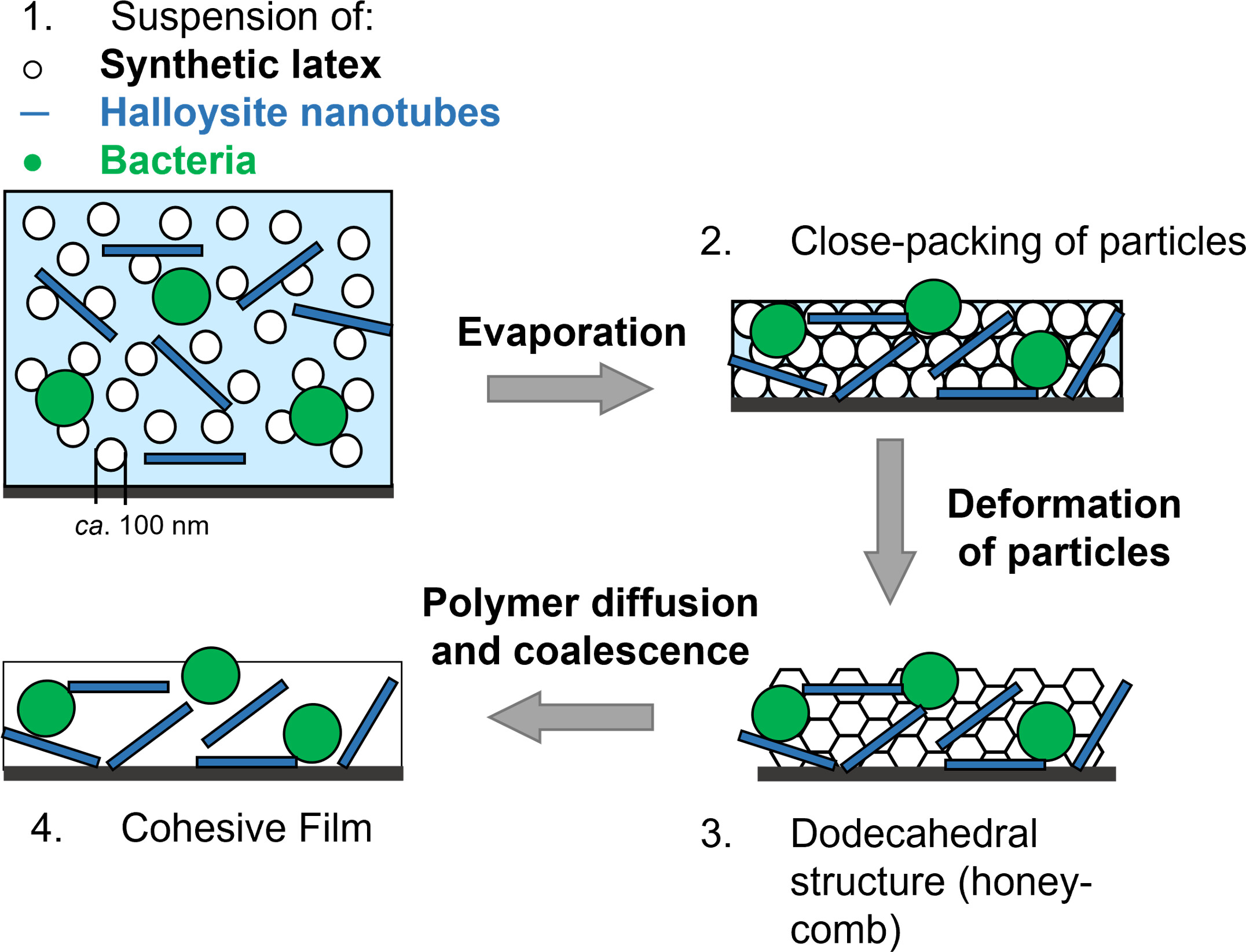
Researchers at the University of Surrey have developed a groundbreaking paint that produces oxygen. This special paint contains bacteria responsible for producing oxygen and trapping carbon dioxide (CO2). It is called a “biocoating.”
The research aimed to create strong coatings with live cyanobacteria. Experts carefully selected cyanobacteria types that can withstand dry conditions, salinity, and radiation.
These coatings could be utilized to produce biofuels and aid in environmental cleanup, offering benefits such as efficient storage and use in remote locations, including space stations.
This biocoating could be really handy in places such as space stations. Scientists shared their findings in the Microbiology Spectrum journal.
What are biocoatings?
Biocoatings are a type of paint that uses water and contains live bacteria within them. They don’t merely capture carbon but also work as bioreactors or sensors.
The University of Surrey’s special paint, called “Green Living Paint,” includes a bacterium called Chroococcidiopsis cubana. This bacterium goes through photosynthesis to produce oxygen and catches CO2. It is usually found in deserts and can survive with very little water. In other words, it is quite tough and able to survive in extreme conditions.
Dr. Suzie Hingley-Wilson, who is a top expert in bacteria at the University of Surrey, stated, “With the increase in greenhouse gases, particularly CO2, in the atmosphere and concerns about water shortages due to rising global temperatures, we need innovative, environmentally friendly, and sustainable materials. Mechanically robust, ready-to-use biocoatings, or ‘living paints,’ could help meet these challenges by reducing water consumption in typically water-intensive bioreactor-based processes.”
Congratulations to @KringsSimone on her successful PhD defence of her research on oxygen production by Cyanobacteria confined in biocoatings! Her fantastic results should be appearing in a journal soon! Excellent supervision by Suzie Hingley-Wilson @UniSurreyBioSci pic.twitter.com/ajIqQZSGKW
— Joe Keddie (@KeddieLab) July 14, 2023
Research to test Chroococcidiopsis cubana as biocoating
To determine whether Chroococcidiopsis cubana can work as a biocoating, researchers trapped bacteria inside a strong coating made from tiny plastic pieces and natural clay tubes in water. They let it dry completely before adding water again.
Researchers found bacteria in this coating produced as much as 0.4 grams of oxygen for each gram of their own stuff in a day and caught CO2. They watched the oxygen for a whole month, and it didn’t seem to slow down.
Similar tests carried out with Synechocystis sp.
Scientists attempted to carry out similar tests with a bacterium called Synechocystis sp., which is usually found in freshwater. Unlike desert bacteria, it couldn’t make oxygen when in the special coating.
Simone Krings, who led the research and used to study at the University of Surrey, said, “The photosynthetic Chroococcidiopsis have an extraordinary ability to survive in extreme environments, like droughts and after high levels of UV radiation exposure. This makes them potential candidates for Mars colonization.”
See all the latest news from Greece and the world at Greekreporter.com. Contact our newsroom to report an update or send your story, photos and videos. Follow GR on Google News and subscribe here to our daily email!



